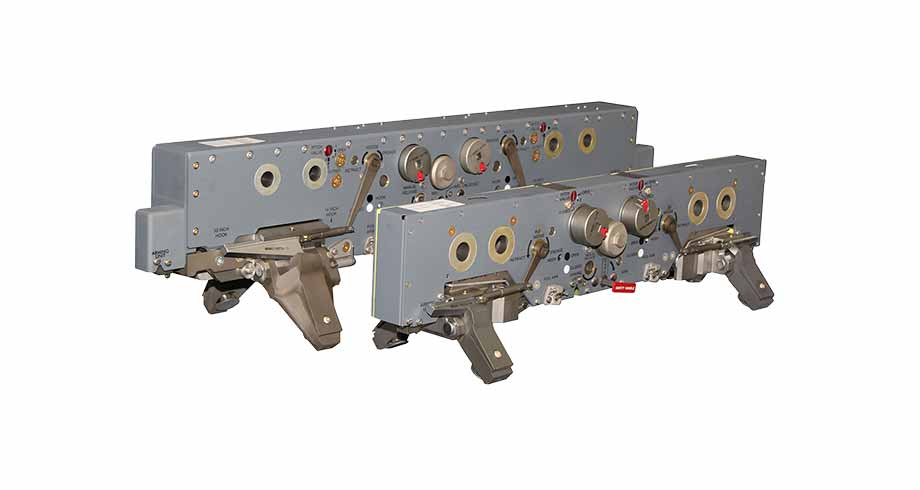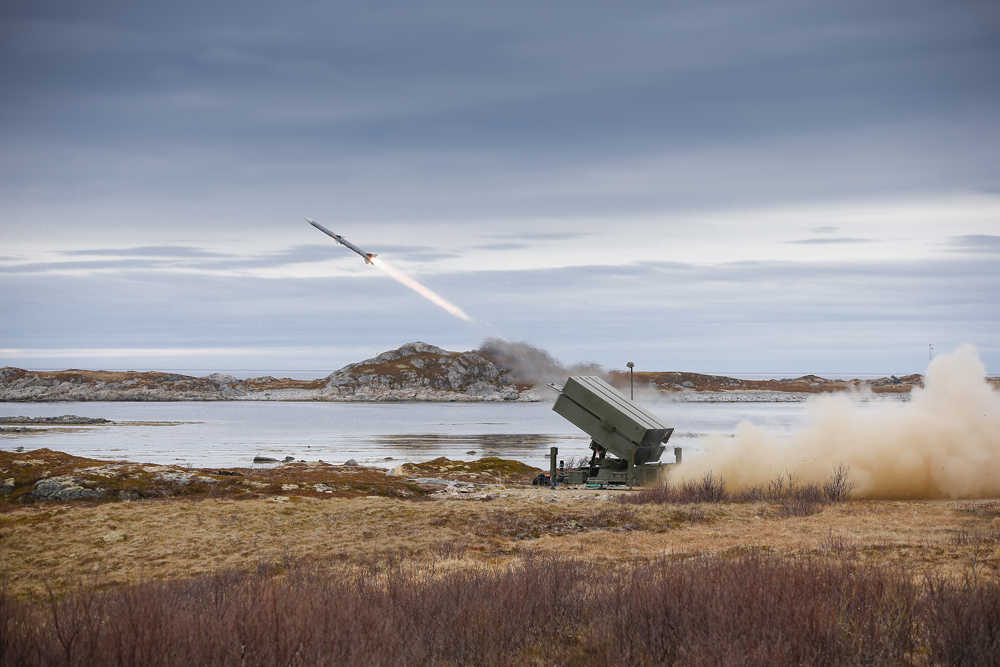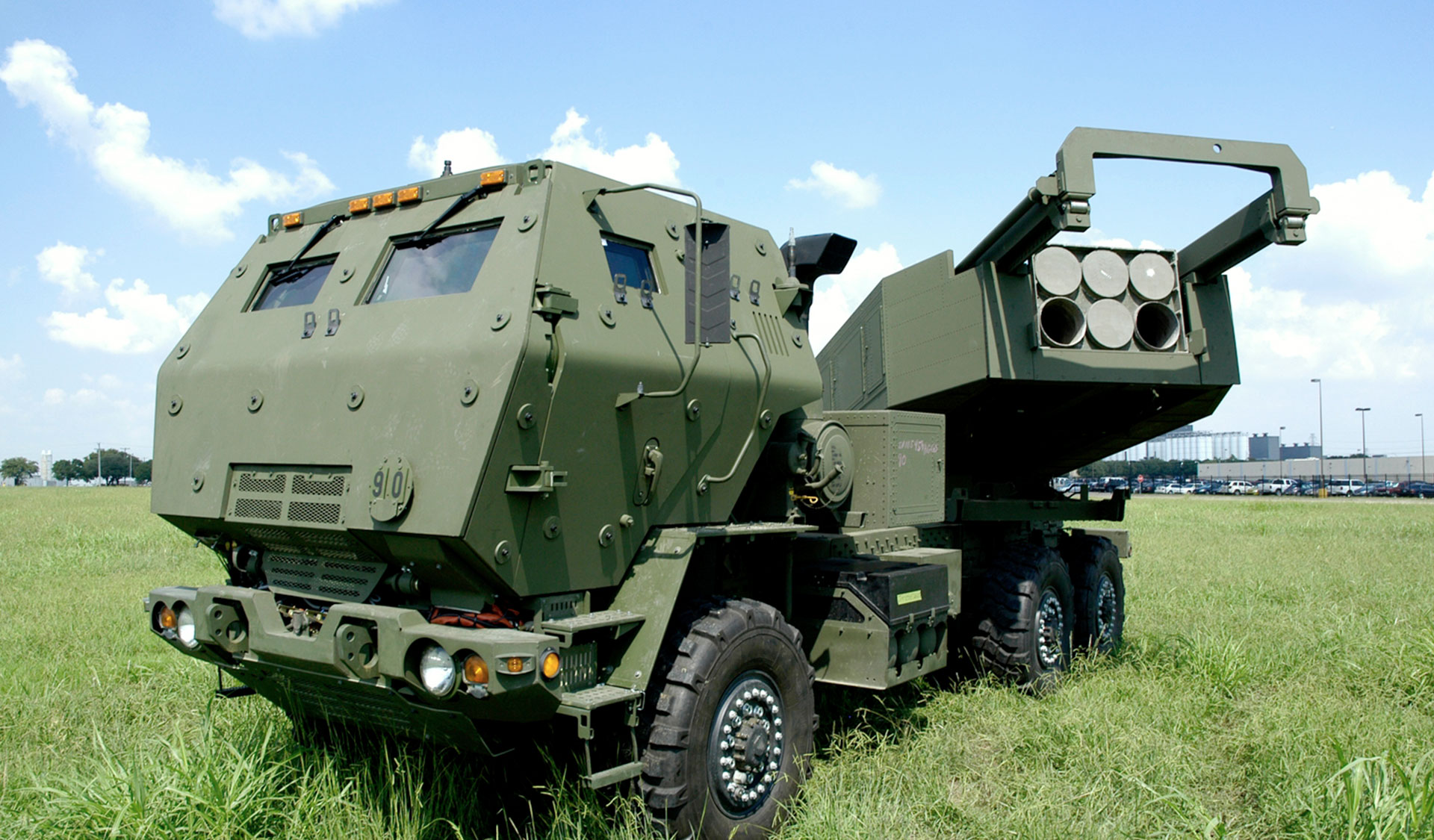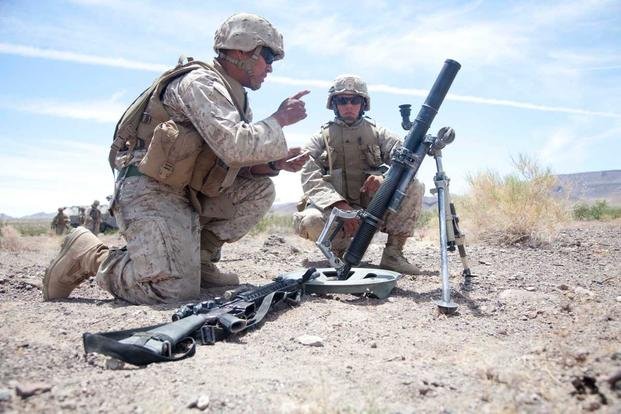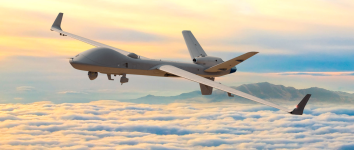Are organizations for tasks or are tasks for organizations?
Fighting structures have been tailored in way to make them effective for tasks.
Too little and they can’t do tasks, but the opposite is also true. I’m going to wander from Individual Infantry soldier to Div in this so bear with me.
Let’s start our look at the Section/Squad. It’s been IVO of 10 personnel in most Armies for a while. Growing recently in a lot of Militaries not just to add enablers but also to ensure that its mission can be achieved with casualties.
Cardinal Rule of 2 is 1 one is None.
In the section one has at least 4 fire teams, of 2 personnel, and generally you don’t do anything under 4 personnel.
The Platoon is generally 3 Sections with a support/HQ section.
The Company is 3 Platoons with a support Platoon.
If you start to try to push certain equipment down, you end up with either larger support structures and less “Bayonets”. Or very large entities that aren’t nearly as flexible, and have a large footprint requiring more support (requiring even larger support structures higher).
The “Bayonets” actually seize and hold ground.
Let’s reflect that the Division is the largest Maneuver element, Corps and Armies aren’t considered Maneuver elements. So your Division don’t have all the bells and whistles to achieve everything. Generally that comes at Corps level, not much else comes at Army level, just more support and fires support.
I ‘grew’ up in the large CMBG model years. It was really a pocket Division. Something I really liked for years, but
@Infanteer and some others have shown me that packing everything into a Bde makes the Bde very unwieldy, as it doesn’t then have the power of a Division, and gets even more awkward to conduct Bde tasks due to the overhead.
The BattleGroup is supposed to be a short term Combat detachment from the Bde for a task. To be a quick and shortened command structure to move out and conduct its task.
It can’t support itself (in truth neither can a Bde,) the Bde is viewed generally the smallest viable separate formation, when formed into a Bde Group.
The Canadian enamorment with the Bde Group I believe comes from 4 CMBG as simply because we didn’t have the will to put 1 CND Div in Germany. That CMBG was part of other Divisions however.
GWOT gave all of us some very important Lessons Learned, but also contributed to a poor belief that Battle Groups and Brigade Groups were a method of deploying and fighting.
Back to the point about enabling Commanders with weapons.
We don’t put a Fighter Bomber or AH Squadron in a Rifle Company, but we have structures that allow the Company to have those assets in support.
So let’s go back to the Section/Squad.
Range Band: 300m for Point Targets, and 500M for area targets with small arms.
*C8/M4 and C9/M249 Para, and 2 40mm GL’s
Those are pretty much the typical NATO Army weapons, and ranges. Some add a C6/M240 type GPMG (or M60E6 for the Danish), to push to a 800/1200m envelope, and most have added a 7.62mm DMR as well with similar range.
So max DF range of the Dismounted Squad is 1200m, which is the same as the Platoon as Armies that don’t have a 7.62 GPMG or DMR at the Squad level generally have one at the Platoon level.
Now at the platoon we also generally see a 60mm Mortar (sorry Canada), personally I’m not a fan of these at the Platoon level as the ammo is awkward and the payload is meh. As well as an AD MANPAD (4-6km) an ATGM (4-6km) and a CUAS system (*I don’t see an OS range band for the one I am familiar with, so I’ll ignore it for now.
So the Platoon has a 5km zone for AT and AD.
Most Platoons (again sorry Canada) have a UAS like Puma or Raven
Puma™ 3 AE Group 1 Small UAS | Military Battlefield Drone | AeroVironment, Inc.
*Some Platoons also have M2 and 40mm HV AGL, but generally vehicle mounted - which in purposely avoiding for now.
The Company doesn’t generally see much more, just the 3 Rifle Platoons and a Weapons Platoon with generally more of the same stuff as the Platoon had, though M2 and Mk19/GMG are now available for most Military’s even if moved by ATV so the range band is IVO 2,500m
If you were to add the 81mm Mortar to the Coy Weapons Platoon, you then need to add support for that. Which means MFC’s directly attached to the Rifle Platoons, and a larger CQ to support the ammo. The 81mm isn’t exactly light either, so you require even more vehicles. As well it makes the Mortar element part of the Company area - which limits them as far as deployment and greatly expands the footprint of the company on the ground.
For a Light entity, you are now at least tripling the vehicles required for the CQ and requiring even larger staff. That also ripples through the BN.
I don’t really think the juice is worth the squeeze. Even if you have vehicles for the entity you’re adding a lot of bodies and size. Plus the OC now has another entity to factor in, and support.
One would be better simply having some Pl Comd and Section Commanders trained as MFC’s and leaving Mortar Platoon in the Bn in Combat Support Coy
For the LAV Bn’s I would suggest a 120mm LAV variant would give the best flexibility. The 81’s retained for the Lt Bn’s.
I do think a 60mm Troop at Coy level makes a lot more sense than putting individual pieces at Platoon.
I was going to jump back to the Div and Bde and their operations areas - but this is already way too long a post.




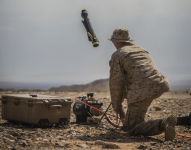
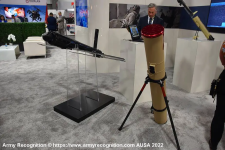

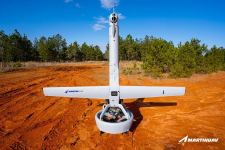
:quality(70)/cloudfront-us-east-1.images.arcpublishing.com/archetype/5JNTS4U4ORFARGKGXUYHTIVABU.jpg)
